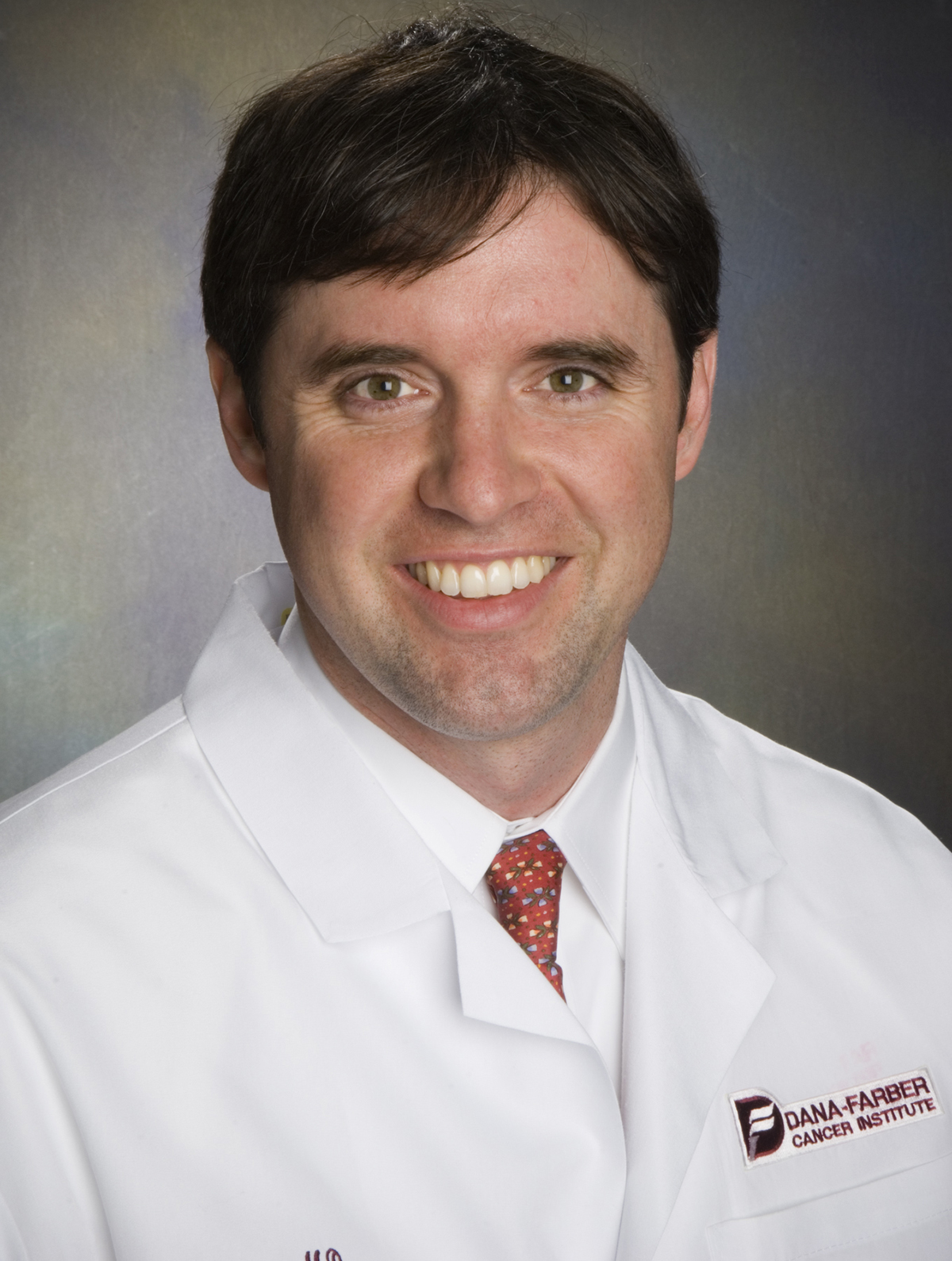A Local Doctor Wants to Make Cancer Research Open-Source
The world of biomedical research is notoriously secretive. Scientists and labs race to be first to a discovery—and the glory and profitability that comes with it. Not Jay Bradner.
Bradner, an oncologist at Dana-Farber Cancer Institute and a discovery chemist, is advocating a new movement in the world of pharmaceuticals and drug discovery: sharing results to form an open-source approach to medical research, borrowing a term from computer scientists who share their data and programs.
“In biomedical research science, both academic and private, there is a natural tendency to throw up your elbows,” Bradner says. “There is an instinct of self-preservation that’s probably healthy, but at some level, sociologically, it must retard the velocity of information flow.”
Five years ago, Bradner and his colleagues decided they wanted to speed up information flow instead. After constructing a molecule that they believed could target the base protein of a rare form of cancer, Bradner and his colleagues did something virtually unheard of: They shared the molecule with other labs interested in studying it. Then, when further research proved promising, instead of keeping the results secret, they published a paper detailing the identity of the molecule and how to make it—and included an email address interested labs could contact to get free molecules for study. The response was overwhelming.
“There’s been a noticeable uptick, even doubling, of research publication on the target of our molecule, and these publications commonly feature the molecule,” Bradner says. “As many as 70 percent of the scientists working with the compound have never studied the target before. The molecule is the open door.”
Encouraged by the outpouring of new findings, Bradner and his colleagues distributed a questionnaire to the labs that studied their molecule, asking how they used it in their research. The data from the survey will soon be submitted for publication, serving as an example of how successful open-source style research can be. Bradner says quantifiable metrics like those gathered from the survey could sway other labs and pharmaceutical companies to adopt similar techniques.
“Scientists, leaders in pharma, should rightly expect to see outcomes and metrics of such a strategy, and I’m very eager and anxious to get this information into their hands,” he says.
And though Bradner acknowledges that changing a long-standing research system will take time, he says the climate in pharmaceuticals and biomedical research today may be ready for a new approach.
“The pharmaceutical industry is famously profitable, but my colleagues in pharma feel under incredible pressure to operate under a more cost-efficient manner; to learn more, spending less,” Bradner says. “I think the timing is right and the climate is right for a broader consideration.”
Perhaps more importantly, Bradner says the upcoming generation of scientists may be ready for open-source research, prioritizing discovery and collaboration over individual success.
“When I was training, you wanted a paper with just you and your mentor’s name so there was no ambiguity that you did these things,” Bradner says. “Today, young scientists create connectivity, and this strategy, applied now in our lab, has really expanded our sense of community internationally.”



